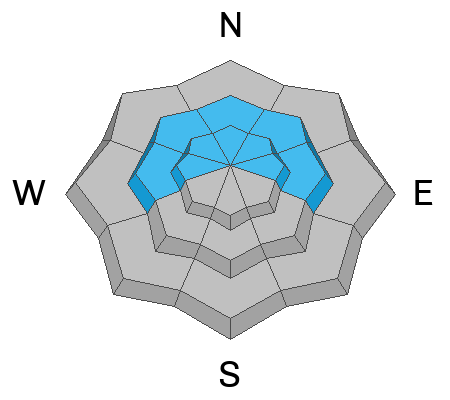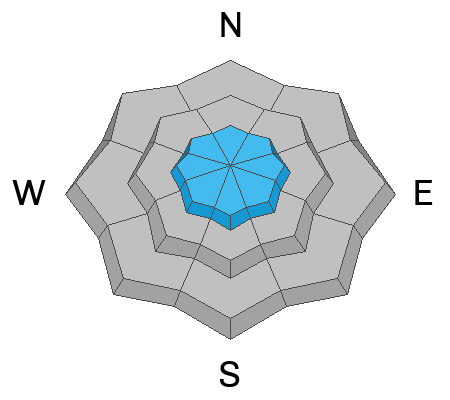Forecast for the Logan Area Mountains

Issued by Toby Weed on
Thursday morning, January 9, 2025
Thursday morning, January 9, 2025
Although the snow is gradually becoming more stable, heightened avalanche conditions are widespread in mid and upper-elevation terrain. The danger is MODERATE, and people could trigger dangerous slab avalanches that fail on a persistent weak layer buried 1 to 3 feet deep on slopes steeper than 30°. Areas with poor snow structure and more dangerous conditions exist on most slopes facing the northern half of the compass. Although becoming less likely, dangerous avalanches might still be triggered remotely (from a distance) or from below.
Evaluate snow and terrain carefully, make conservative decisions.
Avoid drifted slopes with poor snow structure.

Low
Moderate
Considerable
High
Extreme
Learn how to read the forecast here








